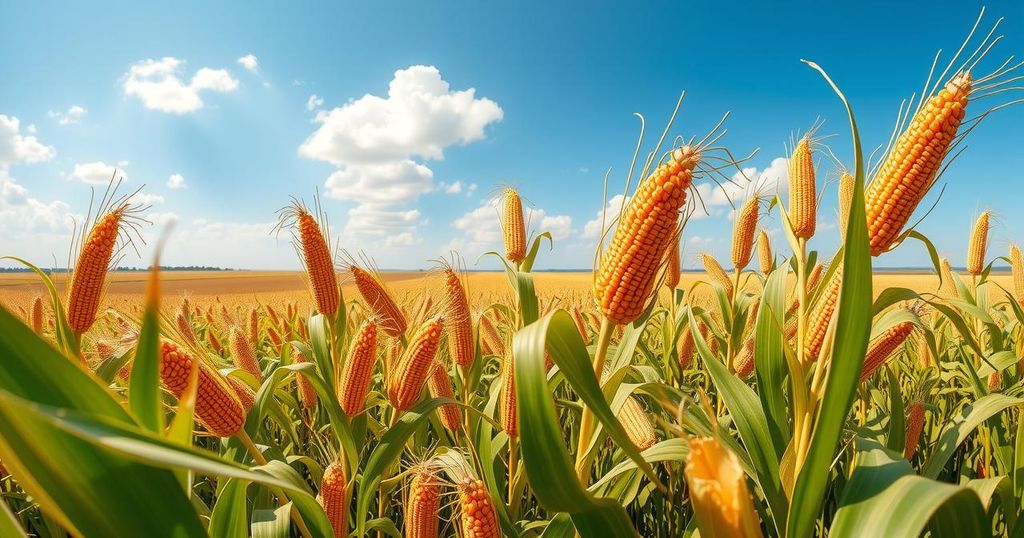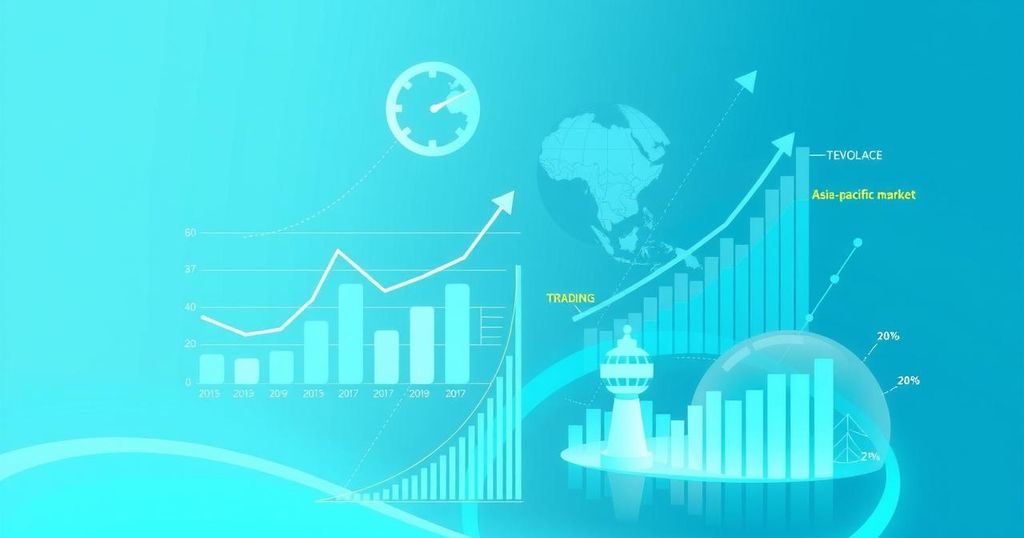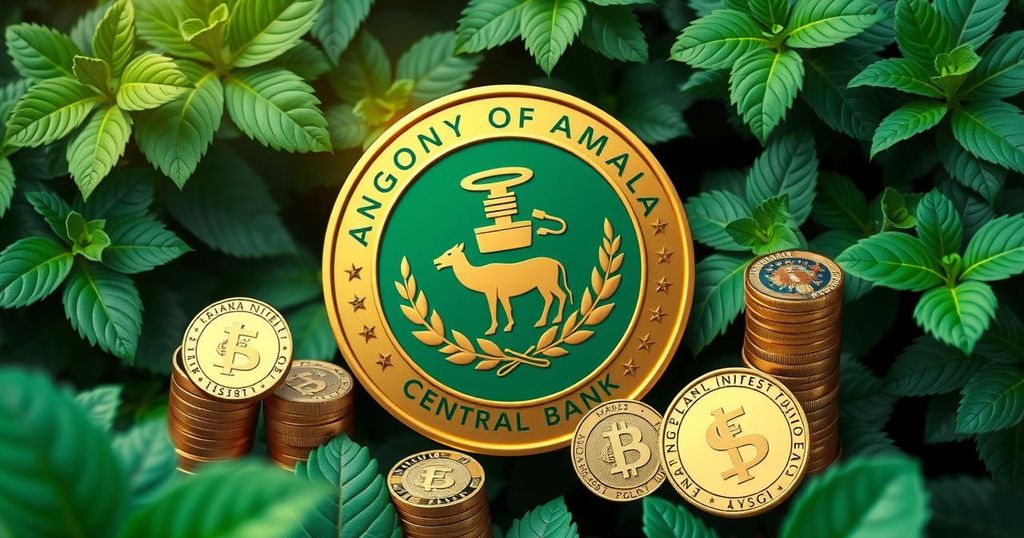Contrasting Estimates on Brazil’s Corn Stocks: A Closer Look
Karen Braun discusses the conflicting estimates of Brazil’s corn supplies by the USDA and Conab. Conab reports historically low stocks, while the USDA predicts a later decline. Differences arise from their methodologies, timelines, and varying assumptions about exports and domestic consumption.
In a recent analysis, Karen Braun highlights the conflicting estimates regarding Brazil’s corn supplies as reported by the U.S. Department of Agriculture (USDA) and the national agency Conab. According to Conab, Brazil’s corn stocks have reached their lowest levels in 25 years, while the USDA predicts this scenario will not materialize until early next year. This discrepancy underscores the differing methodologies and timelines utilized by the two agencies in their assessments.
The contrasting evaluations stem from different time frames used by Conab and the USDA. For instance, Conab’s 2024-25 corn marketing year concludes on January 31, 2026, whereas the USDA’s ends one month later. The USDA’s assessments aggregate local marketing years, creating a broader perspective on world corn stocks that reflect several months, whereas soybean estimates are aligned differently.
As of March, the USDA has maintained its estimates for the 2024-25 Brazilian corn crop at 126 million metric tons, while reducing the previous year’s harvest estimate to 119 million tons. Conversely, Conab slightly increased its 2024-25 crop estimate to 122.76 million tons. Although discrepancies remain, the gap between estimates has narrowed.
Current figures show that Conab indicates Brazil’s corn stock for 2023-24 at 2 million tons, constituting a historic low. By January 2025, Conab anticipates a recovery to 5.5 million tons. In contrast, the USDA reports Brazil’s corn stocks at 7.5 million tons, dropping from 10 million in the previous year, and forecasts further declines into 2024-25.
The distinctions between agencies’ marketing years may contribute to their differing forecasts. Additionally, the USDA holds a more positive outlook regarding Brazil’s export potential than Conab, projecting that the country will export approximately one-third of its production. Recent data shows that Brazilian exports have lagged behind previous averages, which could threaten future supply given the timing of upcoming harvests in both Brazil and the United States.
In summary, the discrepancies between the USDA and Conab regarding Brazil’s corn stock levels reveal differing methodologies and timeframes that influence their estimates. While Conab cites historically low supplies, the USDA’s projections indicate a later decline. Both agencies express concern about Brazil’s corn supply tightness, which emphasizes the critical nature of forthcoming harvests and market dynamics amidst these contrasting forecasts.
Original Source: www.livemint.com




Post Comment